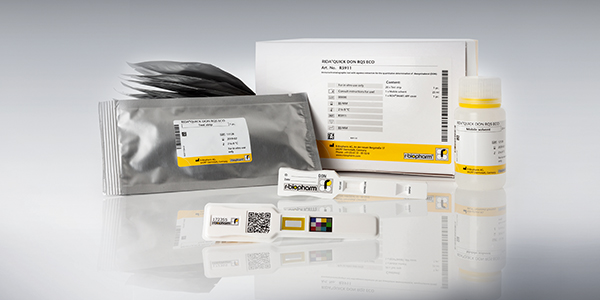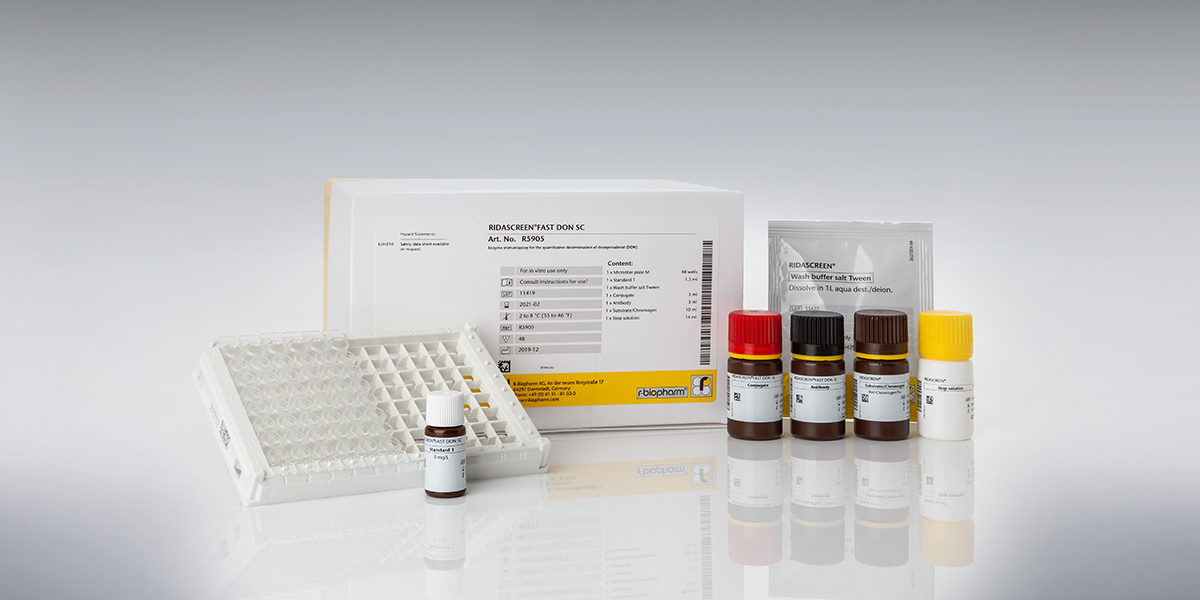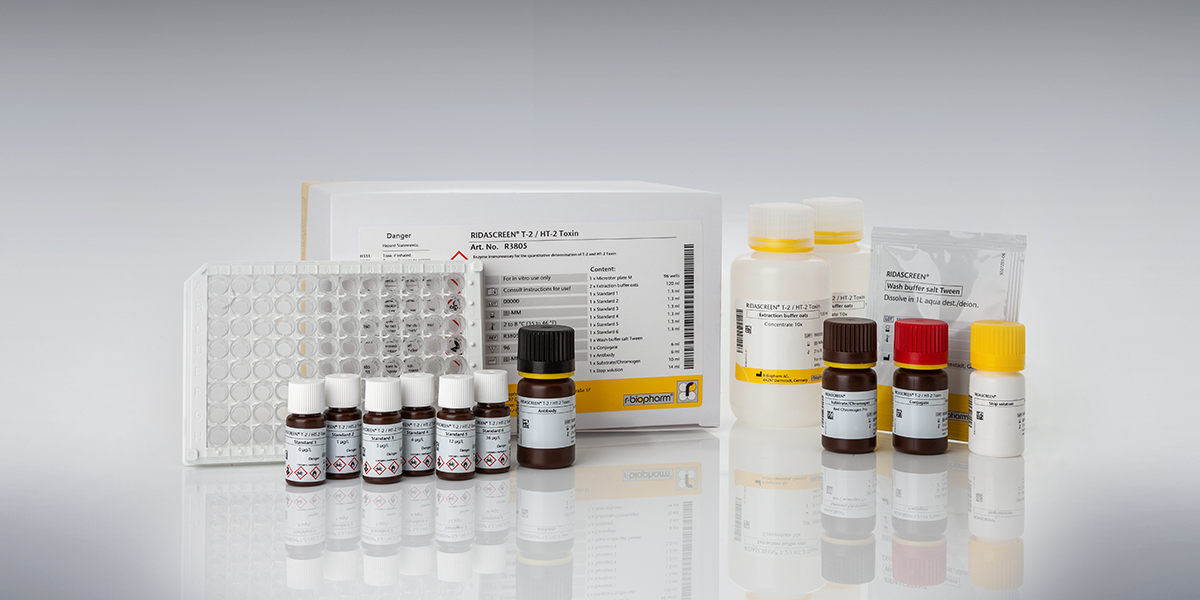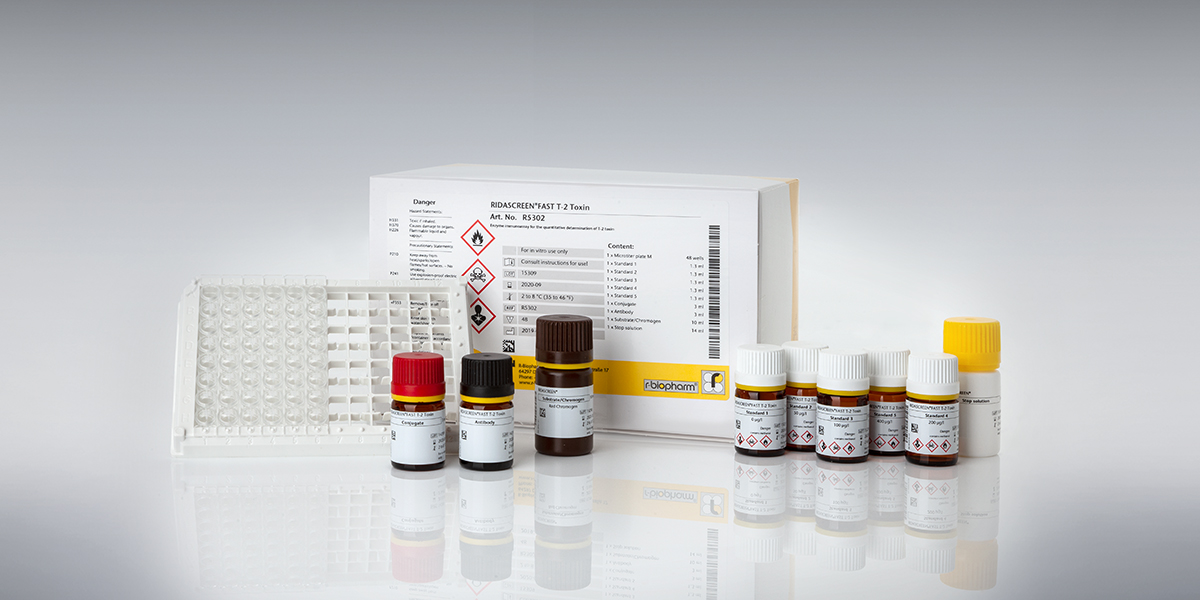
Recent news in Food & Feed Analysis
- Home
- /
- A closer look at...
A closer look at the mycotoxin rollercoaster ride of Europe’s 2023 harvest season
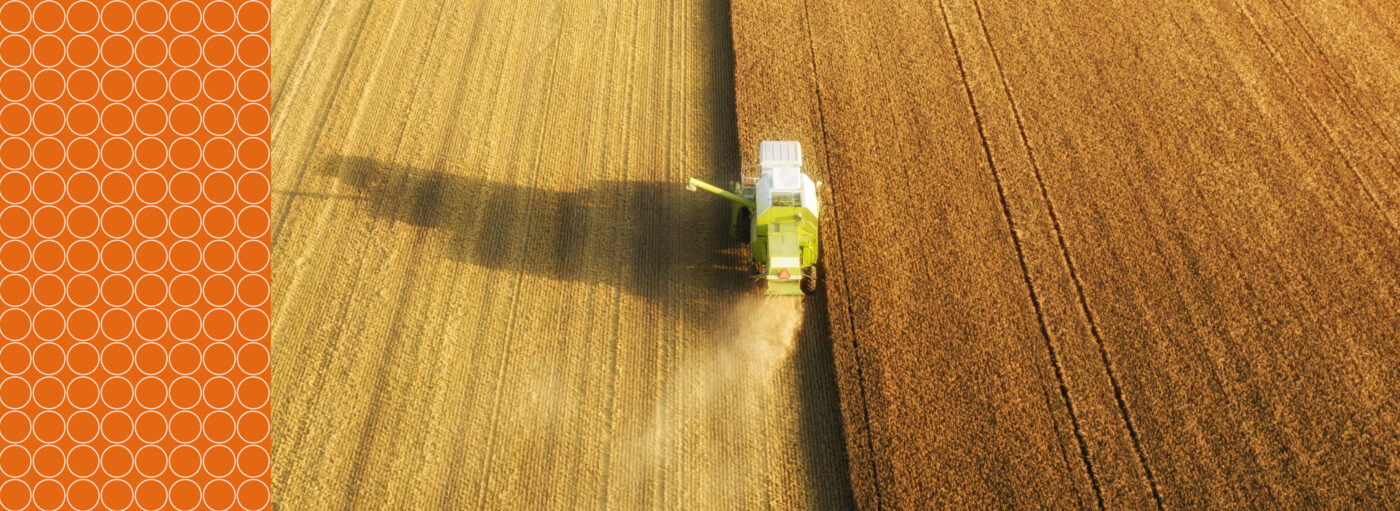
The 2023 European wheat and barley harvest has captured attention due to its intricate interplay with weather conditions. This year’s season was more than exciting, presenting a blend of opportunities and obstacles for farmers and agricultural stakeholders. From the promising start with minimal Fusarium contamination risk during flowering to the unexpected challenge of mold contamination caused by excessive summer rains and the resulting late harvest, this article provides a detailed examination of the complexities that have shaped the outcome of Europe’s wheat harvest.
World Mycotoxin Forum
The challenges in mycotoxin management, caused by climate change will be extensively discussed at the World Mycotoxin Forum in Antwerpen from 9 – 11 October. We hope to see you there as well!
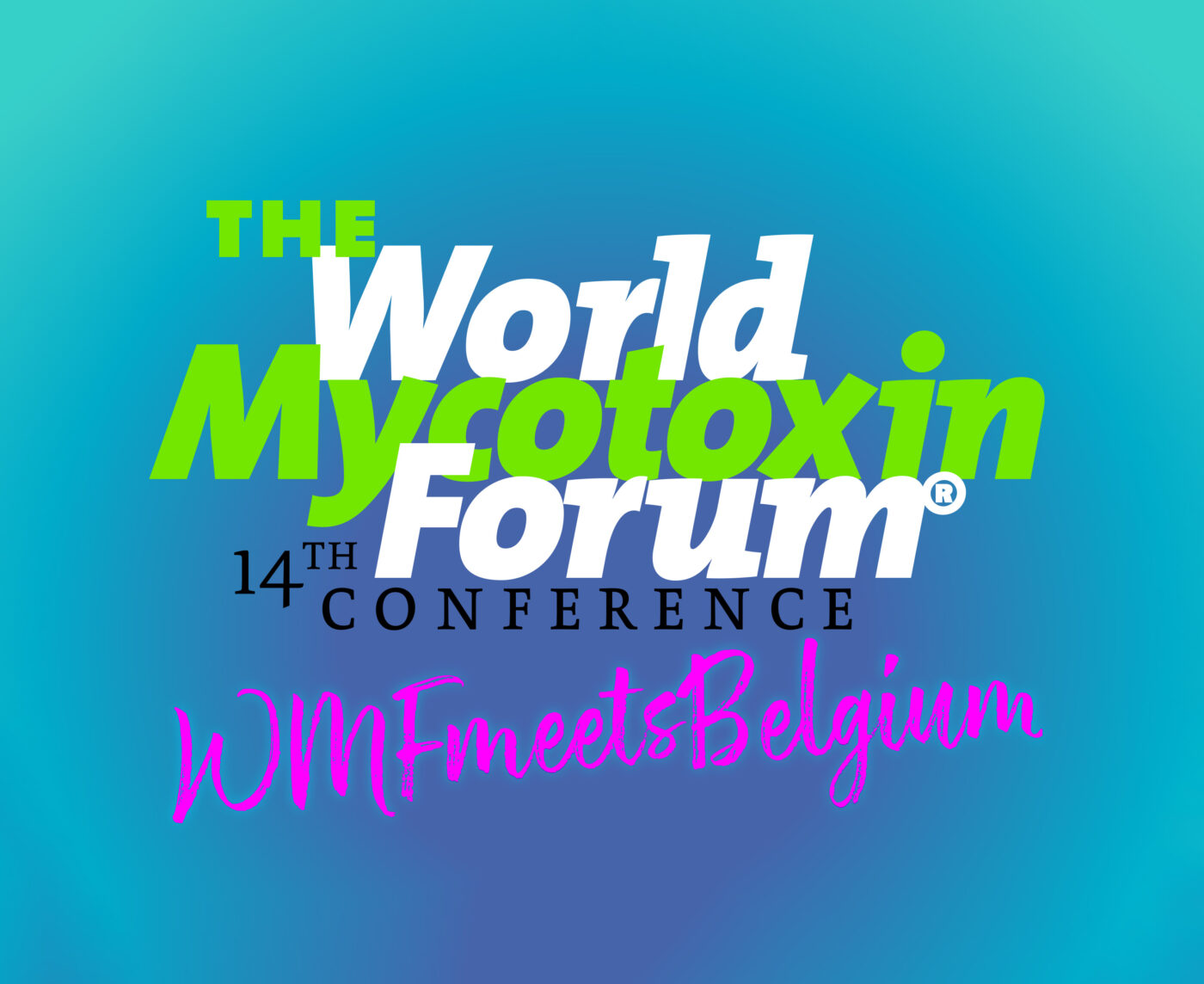
Optimal Flowering Conditions: Early Promise
The year commenced with favorable weather conditions during the flowering stage of wheat. Precipitation was notably scarce during this critical period, minimizing the potential for Fusarium infections and the risk of DON or other Fusarium toxins, setting a positive trajectory for yield projections.
Unforeseen consequences: Rainfall patterns as well as continuous drought
Yet, the trajectory was disrupted by an unforeseen change in weather patterns. Unusually heavy rainfall characterized the latter stages of summer in central and northern Europe, yielding a cascade of challenges for agricultural practitioners. While the initial rain was welcomed to alleviate dry conditions, the prolonged precipitation introduced complexities for bringing the harvest in. Due to delayed harvest, the quality of the wheat decreased, with lower falling numbers and mold infections. At the same time, other parts of Europe were still suffering from excessive heat and drought.
Impact of Mold Contamination: Late-Harvested Grains at Risk
One of the pronounced challenges arising from the persistent moisture was mold contamination, particularly among late-harvested wheat and barley crops. Elevated humidity provided an optimal environment for mold proliferation, impacting both crop quality. Fusarium strains are ubiquitous in the field, so DON, T-2, and HT-2 toxin, Zearalenon may be the major culprits, yet Alternaria toxins might also play a role. This scenario underscores the delicate equilibrium within ecosystems and serves as a reminder of the repercussions of climatic deviations.
Implications for the Agriculture Sector: Resilience and Insights
The variable trajectory of the 2023 European wheat harvest underscores the sensitivity of the agricultural sector to environmental dynamics. It emphasizes the intricate interconnectedness of weather variables, soil conditions, and plant disease management protocols. As stakeholders navigate the implications of local, extreme weather conditions, the importance of adaptability and diversified strategies comes to the fore.
Prospects Ahead: Leveraging Innovations
Amidst the challenges, opportunities for innovation emerge. Farmers are proactively employing technology to mitigate the effects of mold contamination. AI-enhanced, local forecasting models, plant disease and mold management, data-driven quality monitoring systems, and predictive analytics are contributing to the sector’s resilience in the face of adversity.
Conclusion
The narrative of the 2023 European wheat harvest highlights the complexities that can impact harvest outcomes but also demonstrates the sector’s capacity to adapt. As this year’s season draws to a close, the lessons gathered from the delicate dance between climate dynamics and agriculture will inform strategies and methodologies for years to come.

